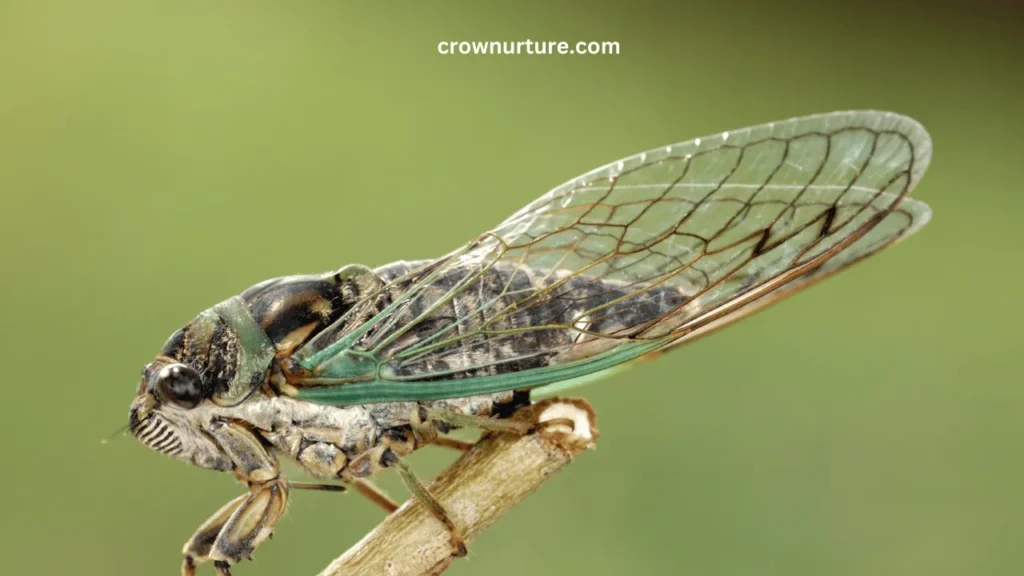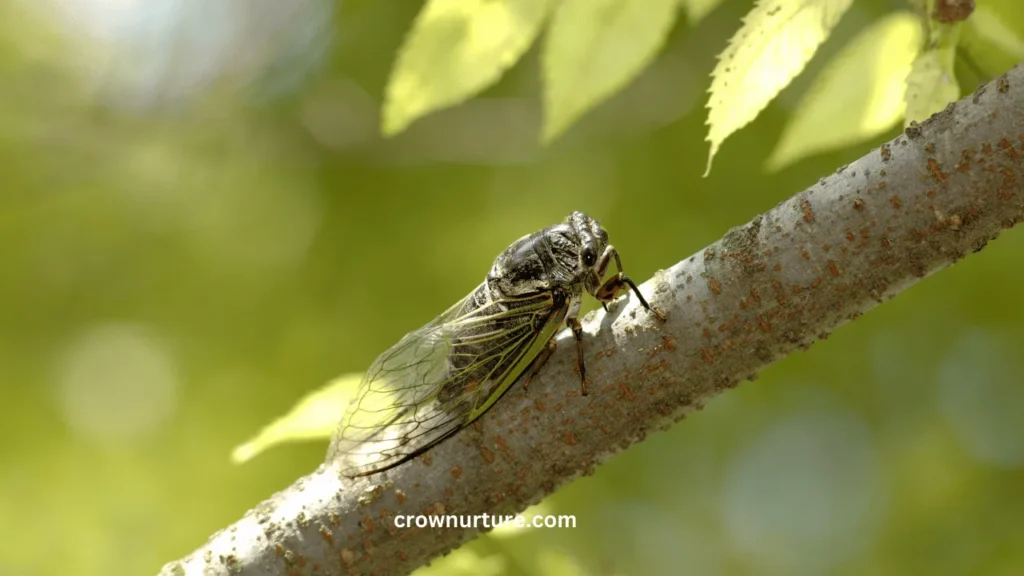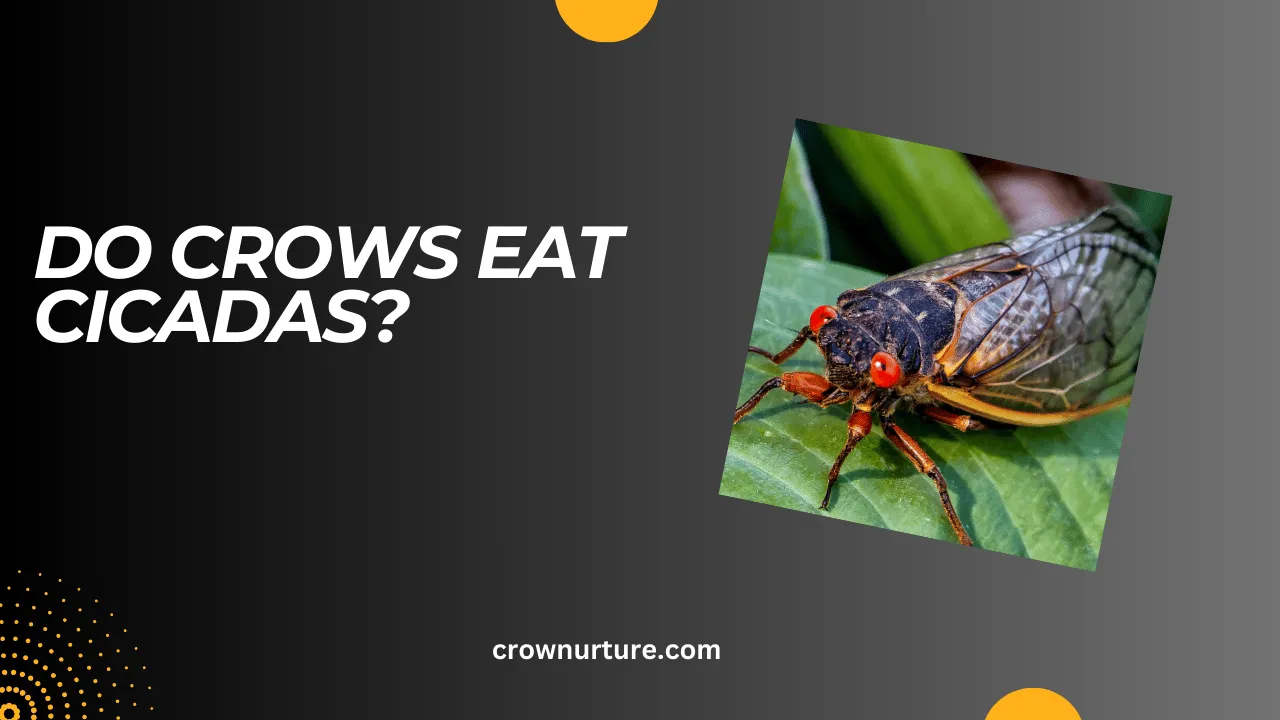The natural world is full of fascinating interactions, but few are as dramatic as the periodic emergence of cicadas. These insects, known for their deafening chorus and sudden appearances in staggering numbers, create a once-in-a-lifetime feast for predators.
For crows—those intelligent, opportunistic birds—cicada emergences are like an all-you-can-eat buffet that fuels their survival and growth. Yes, crows eat cicadas, and during mass emergences, they become avid predators of these protein-packed insects.
This behavior not only reveals the adaptability of crows but also showcases the intricate balance of predator-prey dynamics in nature. Understanding how crows interact with cicadas sheds light on the broader ecological roles both species play in their environments.
In this article, we’ll explore why cicadas are a valuable food source for crows, how their behavior changes during emergence events, and the impact this interaction has on both species. Stay with us to discover how nature orchestrates this seasonal phenomenon and why it matters to the ecosystems we depend on.

Contents
1. Crows: Opportunistic Predators
Crows are highly adaptable omnivores, consuming a wide range of foods, including insects, fruits, carrion, and small vertebrates. Their ability to switch diets based on availability is key to their survival in diverse habitats.
This opportunistic feeding behavior means crows exploit food sources that are abundant and easy to catch. Cicadas, emerging in massive numbers, provide a rare opportunity for crows to gorge on a protein-rich diet with minimal effort.
Crows’ intelligence and versatility allow them to identify and capitalize on food sources like cicadas, showcasing their role as efficient scavengers and predators.
2. Cicadas as a Food Source
Cicadas are incredibly nutritious, offering a high-protein and low-fat diet that benefits many predators, including crows. This nutritional value makes them a particularly attractive food during breeding seasons when energy demands are high.
During periodic emergences, millions of cicadas appear simultaneously, overwhelming predators and reducing individual risk. This abundance creates a temporary but essential food supply for animals like crows.
The predictable nature of cicada emergences—occurring every 13 or 17 years for some species—ensures that they become a seasonal delicacy for predators that remember and adapt to these cycles.

3. Crow Behavior During Cicada Emergences
During cicada emergences, crow predation intensifies significantly as these insects become the primary food source. Crows are skilled at catching cicadas both in flight and on the ground.
They employ various foraging strategies, such as searching under trees, snatching cicadas from branches, and even cooperative hunting to maximize their catch. This adaptability ensures they can make the most of the cicada “feast.”
Crows often face competition from other predators, including birds, reptiles, and mammals. Despite this, their intelligence and foraging skills allow them to outcompete many other species for these abundant resources.
4. The Impact of Cicada Emergences on Crow Populations
The sudden abundance of cicadas during emergences can lead to temporary population growth in crows. With more food available, crows experience increased survival rates and reproductive success.
This increased resource availability can also reduce competition among crows, leading to healthier and stronger populations during and after emergence events.
In areas where cicadas are a significant part of the diet, their periodic emergences play a crucial role in the long-term stability of crow populations, showcasing the interconnectedness of species.
5. The Role of Crows in the Cicada-Predator Ecosystem
Crows play a critical role in controlling cicada populations, preventing overpopulation and maintaining ecological balance. While cicadas rely on sheer numbers to overwhelm predators, crows help keep these insect populations in check.
By consuming cicadas, crows contribute to the redistribution of nutrients within ecosystems. Their predation helps support other species indirectly by maintaining healthy plant communities reliant on cicada-driven nutrient cycling.
This predator-prey relationship highlights the importance of maintaining biodiversity and the interconnected roles species play in sustaining ecosystems.
Conclusion
Crows and cicadas demonstrate the intricate balance of nature, where one species’ abundance fuels the survival of another. For crows, cicada emergences are a critical food source, showcasing their adaptability and vital role as predators.
These interactions underscore the importance of predators like crows in regulating populations and maintaining ecosystem health. Without such natural checks and balances, ecosystems could become destabilized, affecting countless species.
By understanding these relationships, we gain a deeper appreciation for the interdependence of life and the intricate connections that sustain our natural world. Whether you hear a crow’s caw or a cicada’s hum, remember the essential roles they play in their shared ecosystems.
FAQs
1. Do crows eat cicadas year-round?
No, crows primarily eat cicadas during their emergence periods, as they are not available year-round.
2. Why do crows eat cicadas?
Crows eat cicadas because they are nutritious, abundant, and easy to catch, especially during mass emergences.
3. How do crows catch cicadas?
Crows catch cicadas through aerial pursuits, ground foraging, and snatching them from trees or bushes.
4. Do cicada emergences affect crow populations?
Yes, cicada emergences provide a temporary food surplus that can lead to increased survival and reproduction in crow populations.
5. Are crows the only animals that eat cicadas?
No, many animals, including birds, reptiles, mammals, and even humans, consume cicadas during emergence periods.
6. What role do crows play in cicada emergences?
Crows help control cicada populations and contribute to the ecological balance by acting as predators during these events.








